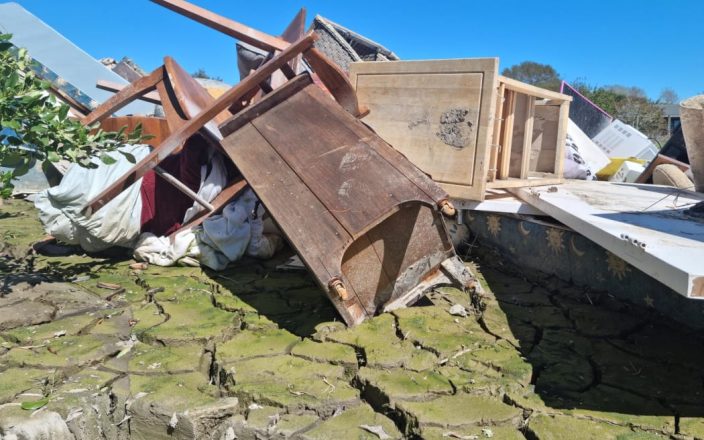Dewan Geografis Selandia Baru telah meluncurkan satu set peta nama tempat tangata whenua baru.
Peta, diperbarui untuk pertama kalinya sejak 1995, menyajikan nama tempat Māori dan Moriori seperti sebelum pemukiman Eropa.
Dua peta, satu untuk Te Ika a Māui/North Island dan satu untuk Te Waipounamu/South Island, masing-masing berisi sekitar 900 nama, dari Te Rerenga Wairua/Cape Reinga sampai ke Rakiura/Stewart Island.
Banyak nama bersumber dari atlas seratus tahun 1940-an yang tidak pernah diterbitkan, dengan nama-nama Māori disusun oleh Sir Āpirana Ngata.
Sekretaris Dewan Geografis Selandia Baru Wendy Shaw mengatakan iwi memiliki pilihan utama tentang apa yang termasuk dalam peta dan apa yang ditinggalkan.
Wendy mengatakan penting bahwa peta menunjukkan Aotearoa seperti pada tahun 1840 sebelum migrasi Eropa meluas.
Peta-peta itu akan membantu merujuk pada sejarah dan untuk membawa orang up to date dengan Te Reo Māori, katanya.
Peta akan dikirim ke setiap sekolah di negara ini, dan satu set peta akan dikirim ke setiap organisasi marae dan iwi oleh dewan.
Anslem mengatakan mereka akan mendukung kurikulum Sejarah Aotearoa yang baru.
Peta akan segera tersedia untuk dibeli dan dapat diunduh melalui Situs Web Informasi Tanah Selandia Baru.




























































